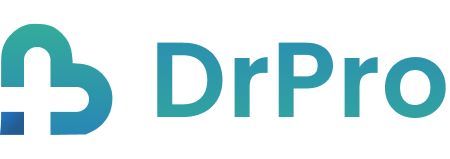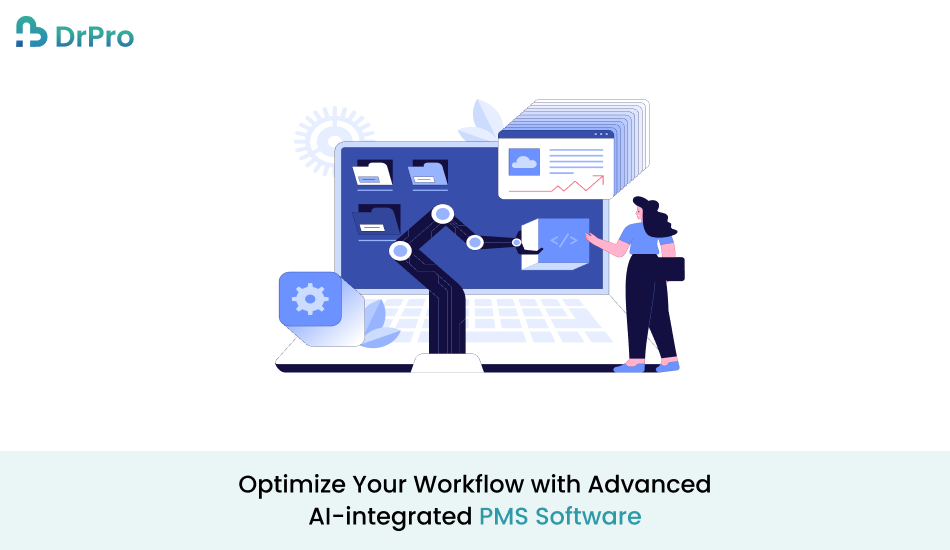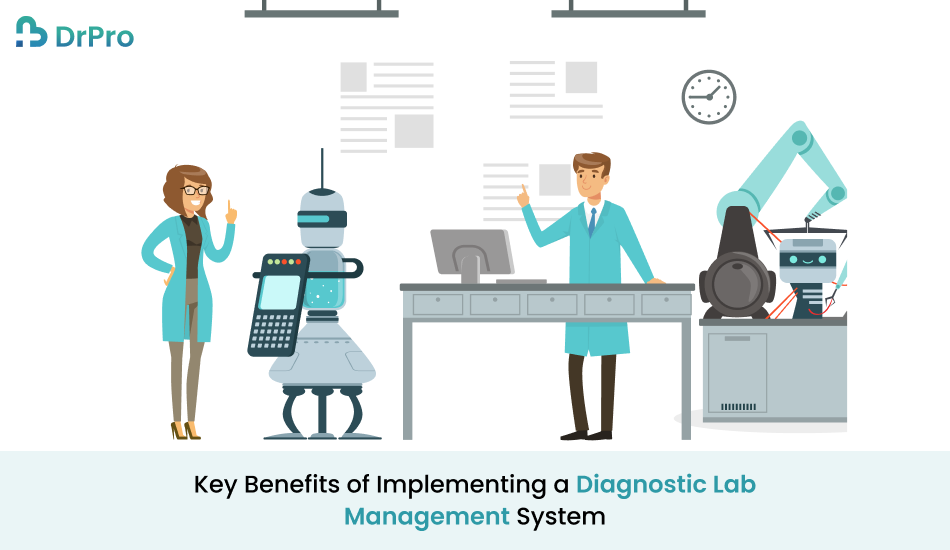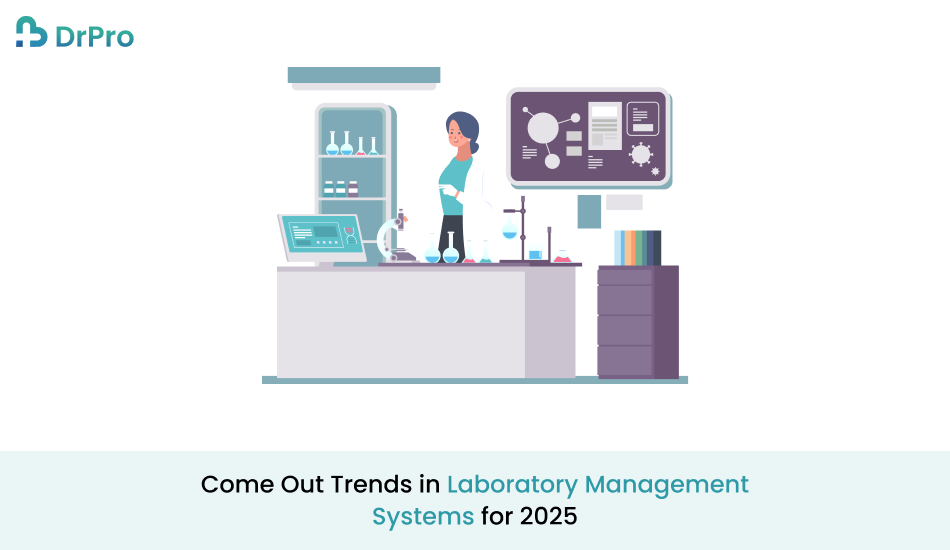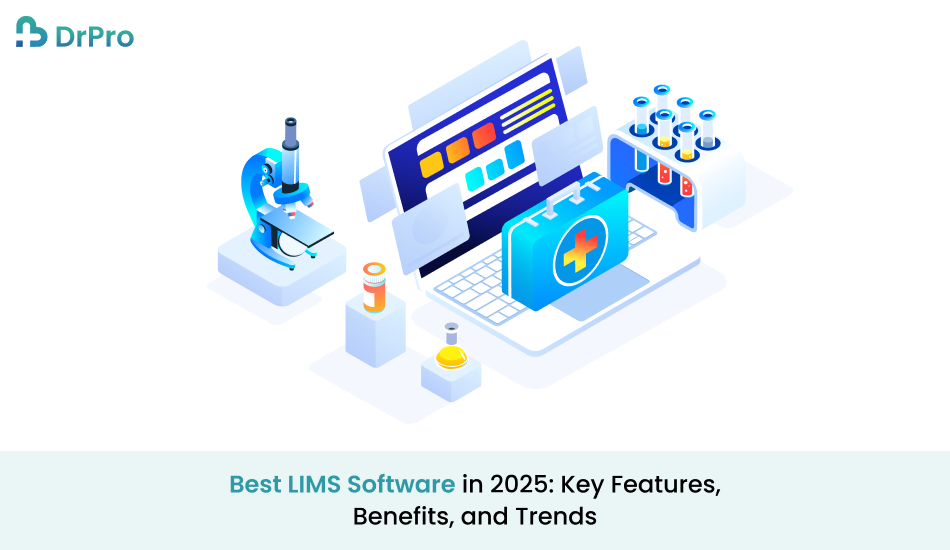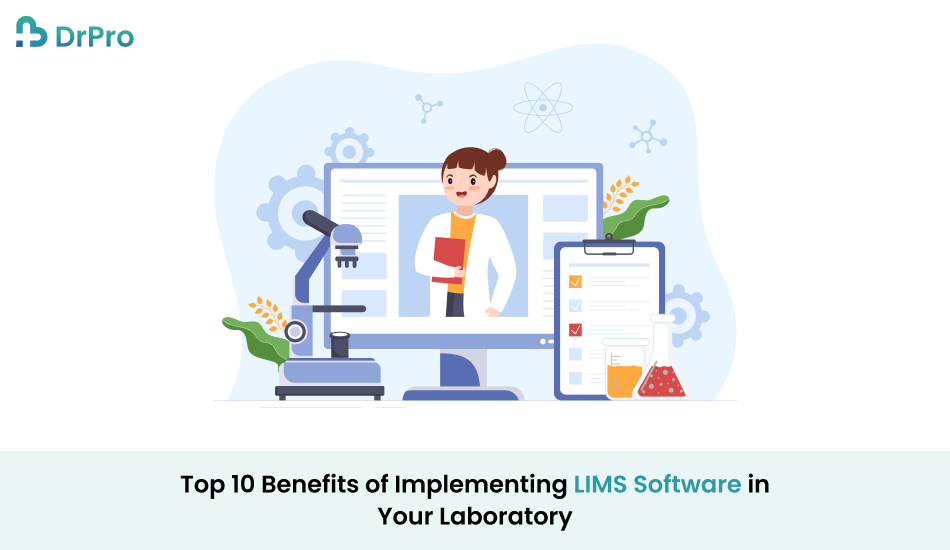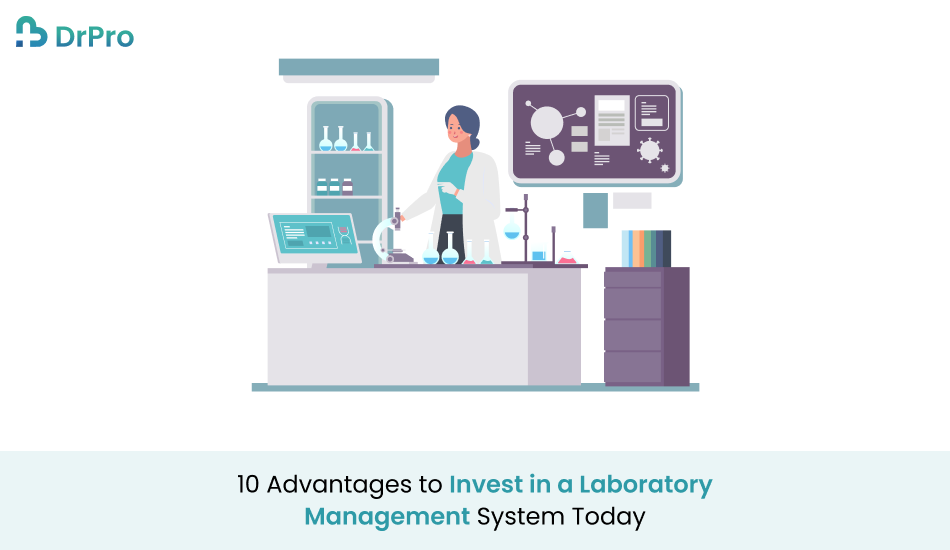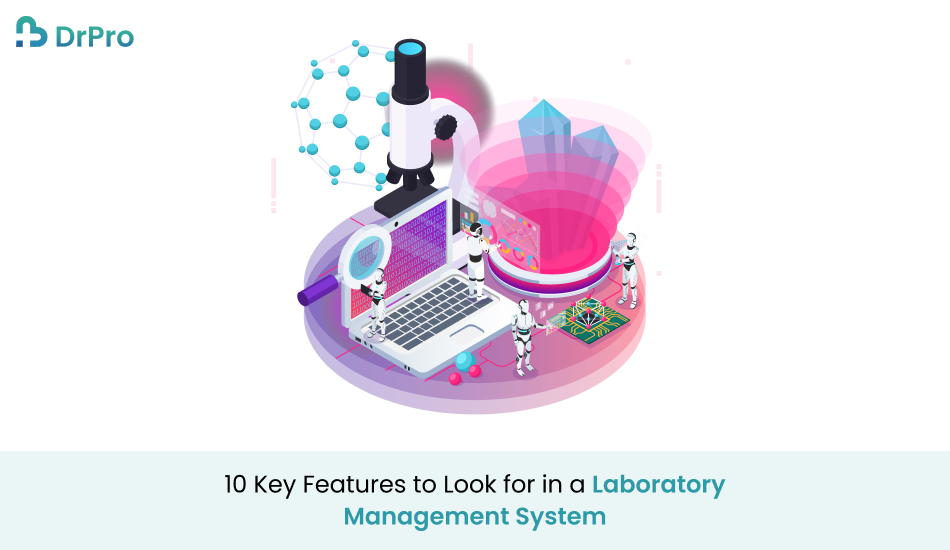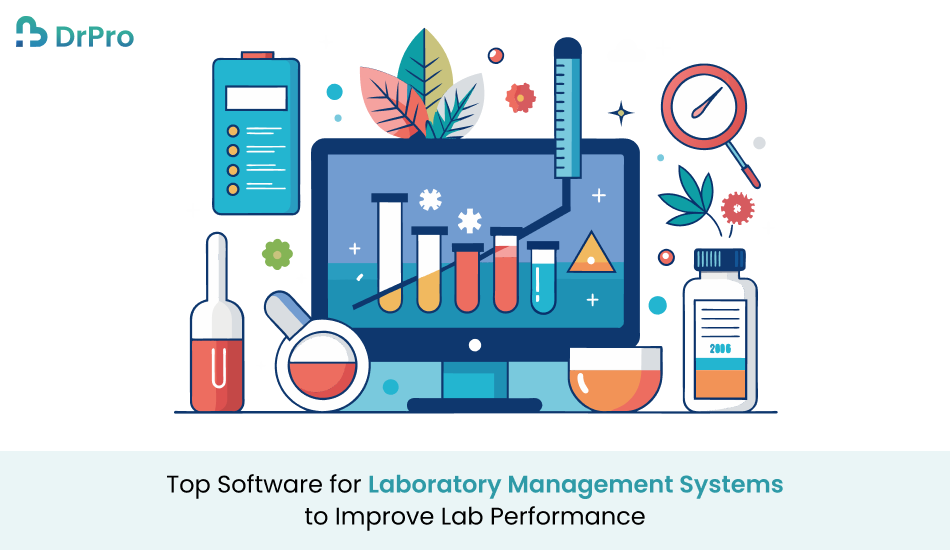How AI is Enhancing the Efficiency of Laboratory Billing Solutions
Picking up the Gadgets and Laboratory Billing services are significant in the industry of healthcare but always face some issues such as coding mistakes, claim rejections, and insurance complexity. The management of these tasks [management of cash resources and timely procurement of required goods and services] is crucial for laboratories to sustain cash incomes and deliver patients’ services. From the main idea, Artificial Intelligence (AI) is transforming billing in laboratories by providing technologies that assist in reducing time wastage and enhancing accuracy. This blog provides insights into how the implementation of AI is revolutionizing laboratory billing, the problems that this tackles, and how laboratories can employ AI. Challenges in Laboratory Billing There are several typical issues in managing laboratories’ billing. Such problems entitle delays, costs increase, and extra load on the billing department. 1. Frequent Coding and Billing Errors CPT and ICD codes must be entered correctly and additional charge codes must be manually entered for processing. Mistakes including even a single digit can result in claim rejections or lower payment rates that take extra time to fix. 2. High Claim Denial Rates Denial of charges is among the biggest challenges in laboratory Management. They are usually a result of inadequate patient details, wrong code, or failure to follow insurance requirements. These rejections require time and postpone payments. 3. Time-Consuming Manual Processes A high number of Laboratory Billing organizations today continue to use manual billing systems in their organizations. Claims that can involve data entry, claim verification, and error checks may involve human errors while they also consume a lot of staff time. 4. Complex Insurance Requirements Insurance policies depend on the insurance carrier, patient characteristics, and their domicile. The requirements and the changes that need to be made for the billing systems may be very confusing indeed. 5. Lack of Real-Time Insights Current billing systems mostly do not allow one to monitor the results of billing in real-time. In the absence of such details, laboratories cannot tell when they are likely to encounter problems with billing or when the billing process is going to take too long. How AI Enhances Laboratory Billing AI provides solutions to these challenges by being able to do things such as repetitive work, being less error-prone than humans, and offering the best recommendations. Perhaps, unraveling processes through which Artificial Intelligence helps in laboratory billing would be an interesting thing to consider. 1. Reducing Coding and Billing Errors Computerized assistant applications integrate machine learning to explore the billing data and recognize frequent coding errors. They can also compare codes with the policies of insurance and indicate differences before submitting a claim. This increases accuracy as compared to hand entry and less likelihood of rejection. For instance, AI may relate test procedures to the right CPT codes hence matching billing with the regulatory frameworks. 2. Streamlining Claims Processing Much of our previous discussion has addressed the issue of efficiency in handling claims processing, and we have seen that there are many ways in which overall organizational performance and the completeness of data processing can improve through efficient claims processing. The claims submission process can be made faster and more efficient since there is the use of AI systems. By reconciling and validating patient data and coding before submission, the element of denial is minimized by AI. Some nodes also predict or aggregate claims that are likely to be denied so that the billing teams can deal with them before approval is rejected. 3. Automating Data Entry This type of data entry has always proved to be slow and prone to a lot of mistakes. This task can be easily performed using AI, which looks for information inside patient records, test results, or insurance-related docs. This makes work easier and makes sure that all data entered is correct. Automated data entry solutions, such as the use of AI for Optical Character Recognition (OCR) respectively can read articles on paper and turn them into digital form without requiring a human touch. 4. Simplifying Insurance Navigation The lab can also use AI systems to find policies and requirements that are relevant to the Laboratory Billing. As such these tools can identify policy changes and adapt the billing process to meet the changes to avert non-compliance. For instance, it can match patient status and insurance status so that the claims will not be denied due to insurance problems. 5. Providing Real-Time Insights AI write-ups of billing performance dashboards provide value-added processing in real time. Claims service can follow the level of accepted and rejected claims, the time required to complete payments, and the revenue pattern. Key AI Tools for Laboratory Billing There are many AI tools developed aiming to solve issues around billing in laboratories. Here are some of the most effective ones: 1. AI-Driven Claim Scrubbing Software As an indicator, reviews claim scrubbing software clear errors and inconsistencies in the assertions he is to make before submitting them. This also minimizes denial as well as enhances the rate of operations of reimbursement. 2. Automated Data Extraction Platforms Getting information from electronic patient records of patients and insurance documents among others, AI platforms that support data extraction can present billing information in a well-organized format. 3. Predictive Analytics for Revenue Cycle Management This is a shortcoming because there is always a way to make statements based on previous experiences in billing, and future trends and examine any holdups to the revenue cycles through some of these advanced tools of predictive analytics. 4. Natural Language Processing (NLP) for Coding Assistance Bionlp can be used to help systems automatically process and interpret clinical notes and recommend precise billing codes that need not be done manually. 5. Integrated Payment Systems Integrated and higher levels of payment processing through artificial intelligence in payment technologies make the payment systems efficient through real-time processing in addition to checking the legal billing requirements. 6. Compliance Monitoring Tools Some of the tools are used to render easy compliance of the Laboratory Billing with changes in the law
How AI is Enhancing the Efficiency of Laboratory Billing Solutions Read More »

